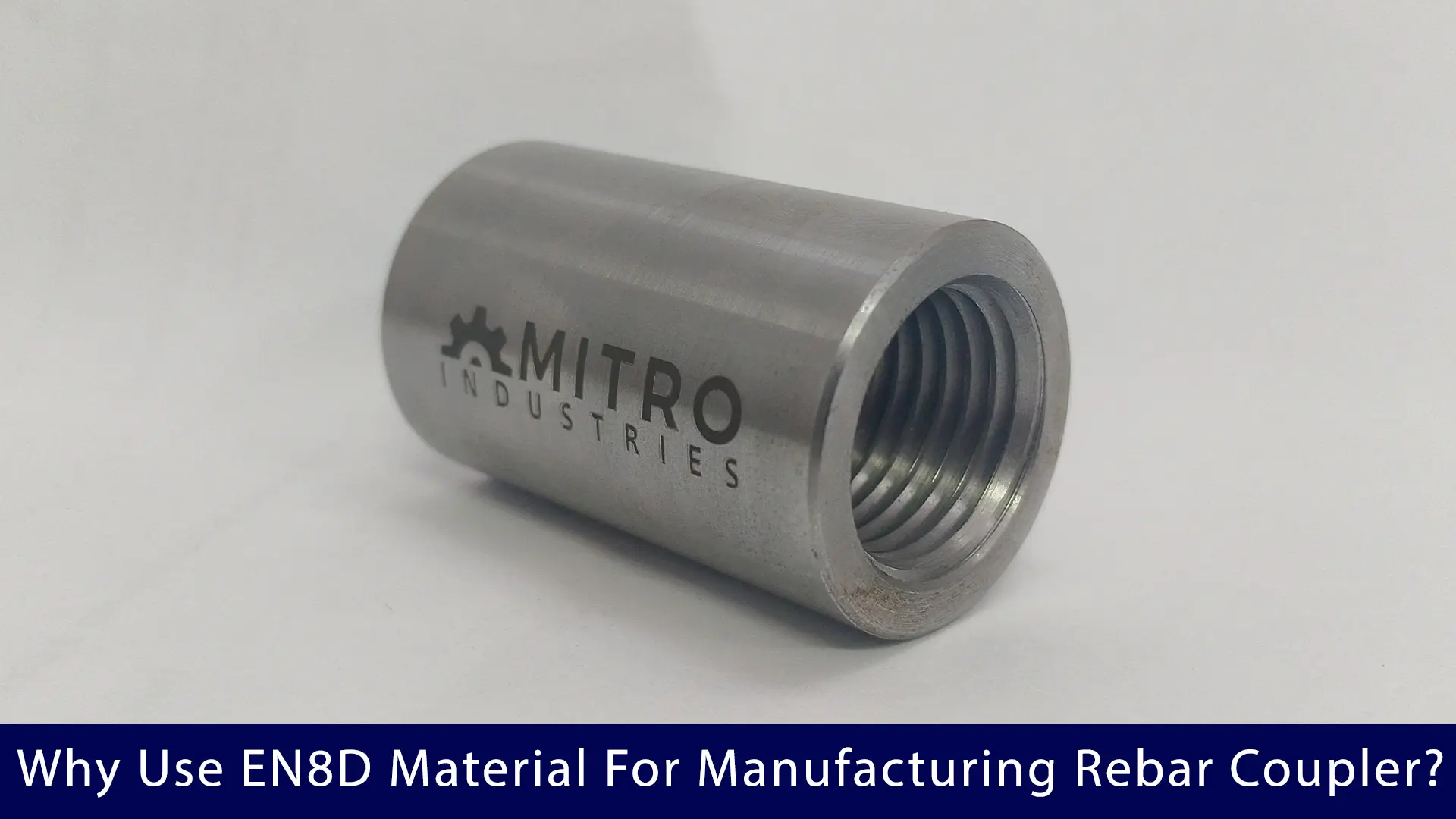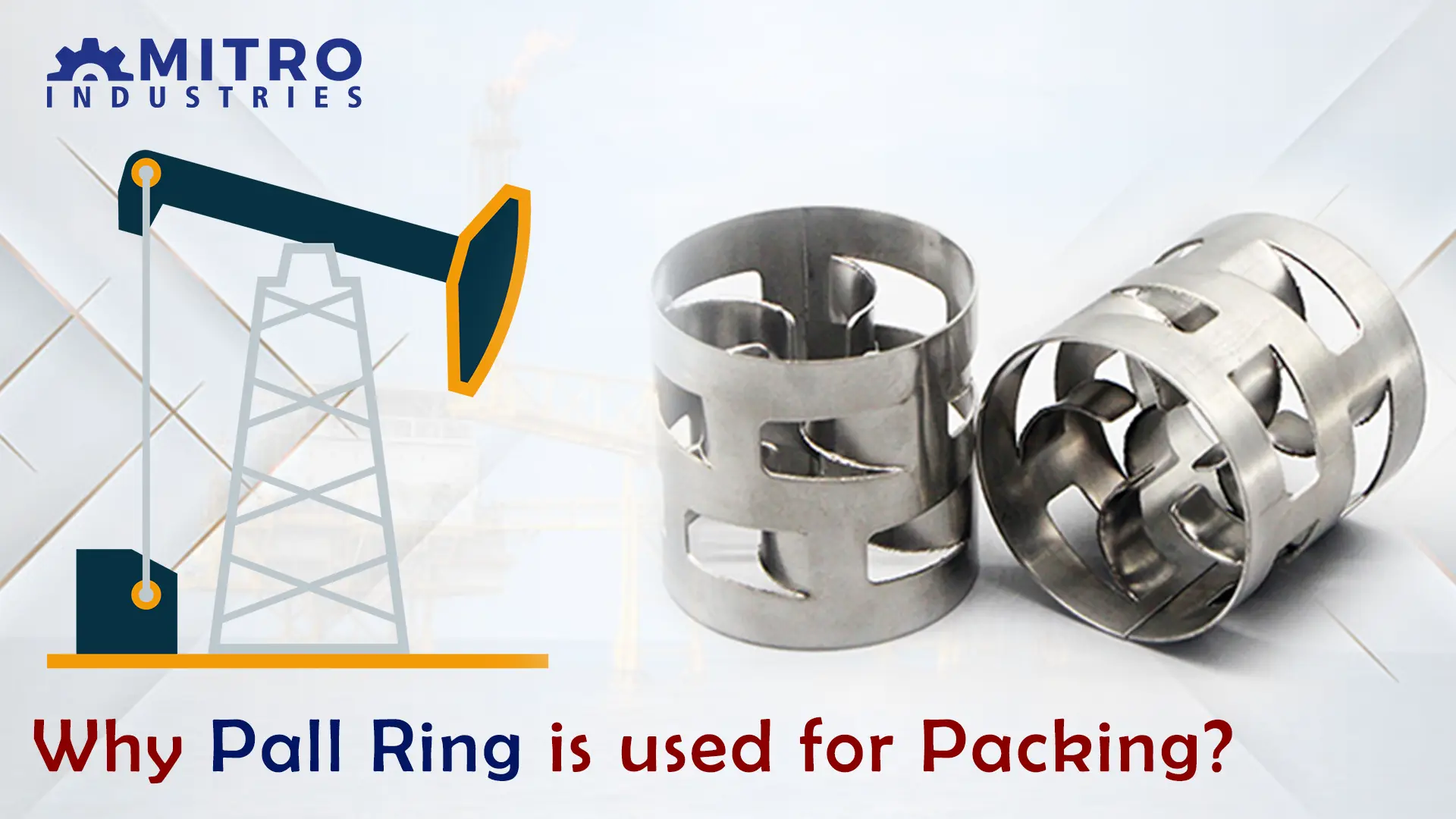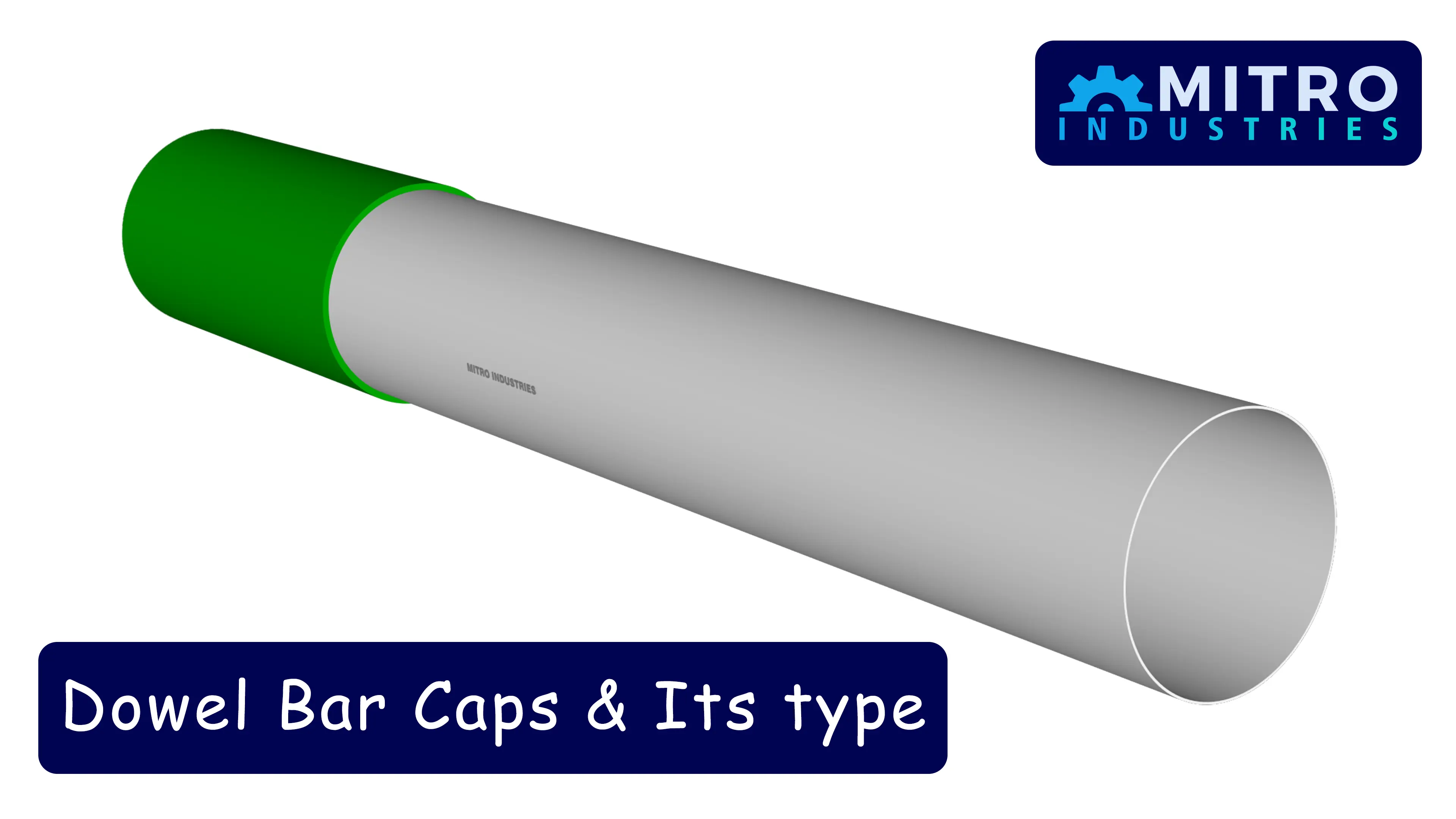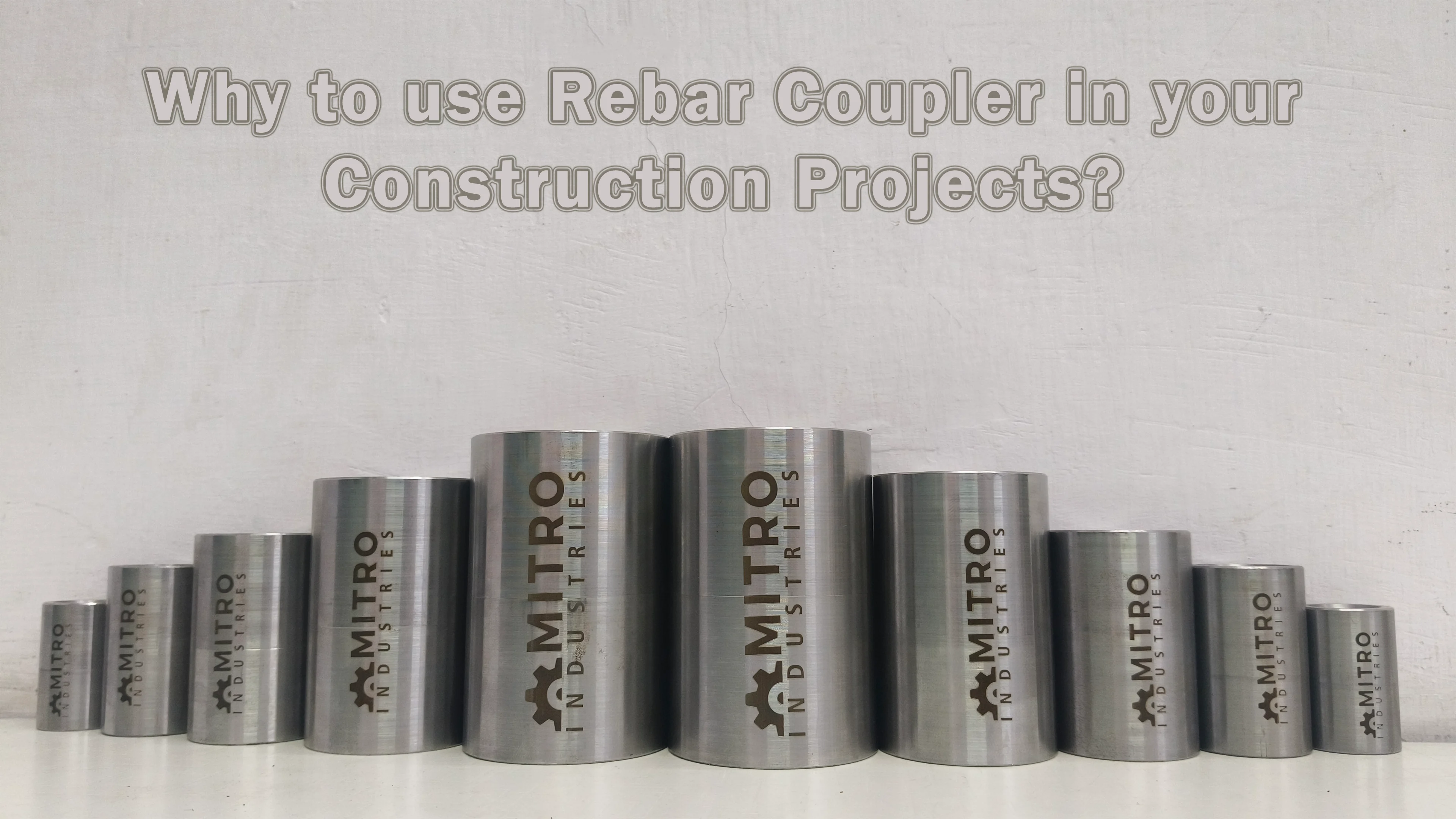Difference Between Metal Pall Ring, Plastic Pall Ring and Ceramic Pall Ring

16 Jun 2025
Oil and Gas
1702
"In this blog, we will explore the uses and benefits of metal pall rings, plastic pall rings, and ceramic pall rings, as well as the factors that determine which type is best suited for specific applications."
Pall rings are widely used in a variety of industrial applications, particularly in chemical and petrochemical processes. These small, yet highly effective, components serve as packing materials in distillation columns, scrubbers, and other types of mass transfer equipment. There are three main types of pall rings: metal, plastic, and ceramic. Each material type has its own set of advantages, making them suitable for different operational conditions.
1. Metal Pall Rings
Composition and Structure
Metal pall rings are made from a variety of metals, including stainless steel, carbon steel, and alloys such as Inconel or Monel. These rings have a distinctive design that enhances surface area and promotes better gas-liquid interaction within columns.
Uses and Benefits
Metal pall rings are commonly used in industries where high temperatures, pressure, and aggressive chemicals are involved. Their robust mechanical properties make them suitable for harsh conditions, such as those found in refineries, petrochemical plants, and power generation facilities.
• High-Temperature Resistance
Metal pall rings can withstand high temperatures, making them ideal for processes involving hot gases or liquids, such as in distillation columns, reactors, and absorption towers.
• Durability and Strength
Their mechanical strength ensures they can endure significant pressure and physical wear, which is especially important in large-scale industrial operations where equipment undergoes constant use.
• Applications
o Petrochemical Industries - In refining and gas processing operations, where temperatures and pressures fluctuate widely.
o Power Generation - In absorption towers or desulfurization units, where durability under harsh conditions is critical.
o Pharmaceutical Manufacturing - For separating and purifying complex chemical mixtures in processes that require precise temperature control.
2. Plastic Pall Rings
Composition and Structure
Plastic pall rings are manufactured from thermoplastics, such as polypropylene (PP), polyethylene (PE), polyvinyl chloride (PVC), or polytetrafluoroethylene (PTFE). These materials offer a balance between chemical resistance and lightweight properties, making them ideal for certain chemical processes.
Uses and Benefits
Plastic pall rings are generally preferred in situations where chemical resistance and cost-effectiveness are the primary considerations, rather than extreme physical or thermal demands.
• Chemical Resistance
Plastic pall rings provide excellent resistance to a wide range of chemicals, making them highly effective in corrosive environments. This property makes them ideal for processes involving acids, alkalis, and other aggressive chemicals.
• Cost-Effectiveness
Plastics are generally more affordable than metals, which makes plastic pall rings a more economical option for many industrial applications.
• Lightweight
Compared to metal rings, plastic pall rings are significantly lighter, which can reduce transportation and installation costs.
• Applications
o Chemical Processing - For applications in chemical reactors, scrubbers, and absorption towers, where corrosion resistance is a primary concern.
o Water Treatment - Used in systems where the treated water or effluent might be acidic or contain other corrosive substances.
o Food and Beverage Industry - In distillation and fermentation processes, plastic pall rings can help ensure purity while withstanding the chemical properties of certain ingredients.
3. Ceramic Pall Rings
Composition and Structure
Ceramic pall rings are made from a variety of ceramic materials, such as alumina, zirconia, and other refractory compounds. These materials are chosen for their high resistance to thermal shock and their ability to withstand extreme temperatures.
Uses and Benefits
Ceramic pall rings offer unique advantages when it comes to high-temperature operations and situations where non-reactivity is essential.
• Thermal Stability
Ceramic pall rings are highly resistant to thermal shock, making them ideal for processes where temperature fluctuations are common. They can withstand very high temperatures, often higher than those that metal and plastic rings can tolerate.
• Non-Reactiveness
Due to the inert nature of ceramics, ceramic pall rings are often used in processes where non-reactivity is critical, particularly in the pharmaceutical and fine chemical industries.
• Mechanical Fragility
While ceramics are very strong under compression, they can be fragile under impact or bending. Therefore, ceramic pall rings are used in applications where the packing is protected or where mechanical stress is minimal.
• Applications
o High-Temperature Processes - In industries such as cement, steel production, and glass manufacturing, where extremely high temperatures are common.
o Pharmaceuticals and Fine Chemicals - Where the purity of the product and resistance to chemical reactions is crucial.
o Environmental Engineering - Used in flue gas desulfurization and other high-temperature treatment processes, where ceramic materials can handle the heat and chemical exposure.
Popular Posts
-

Why use Demister Pad in tower packing?
1586 Views -
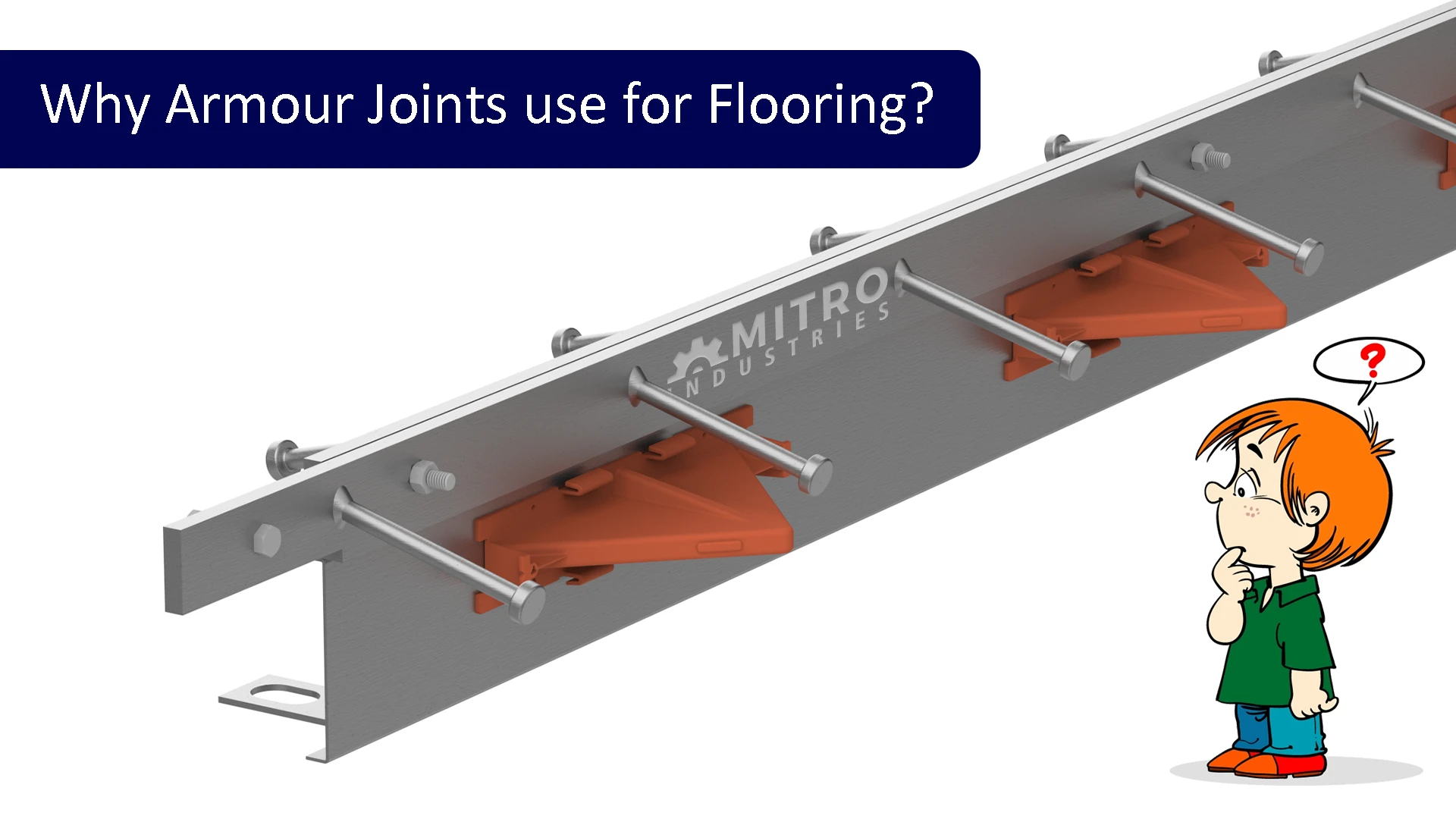
Why Armour Joints use for Flooring?
1726 Views


